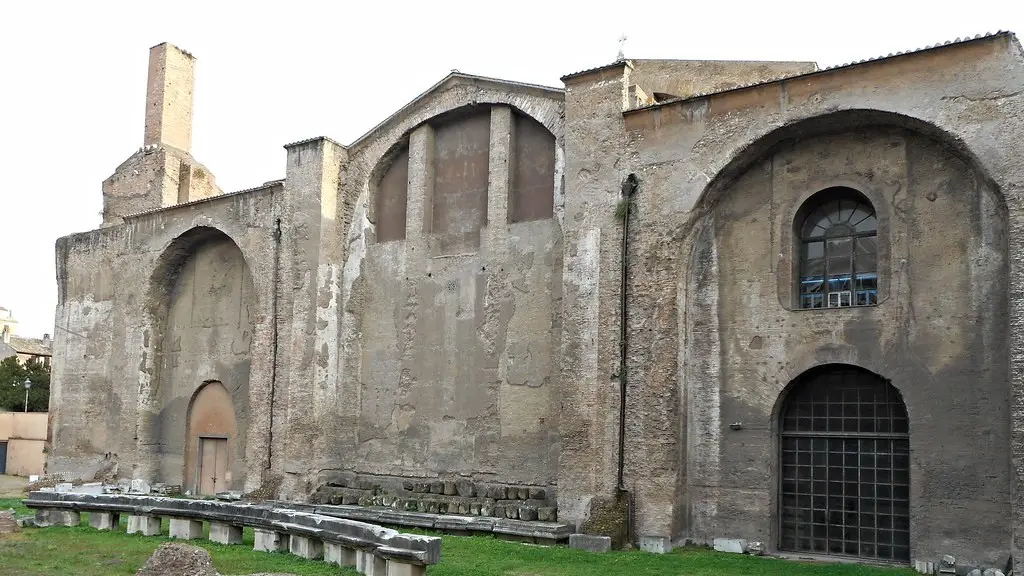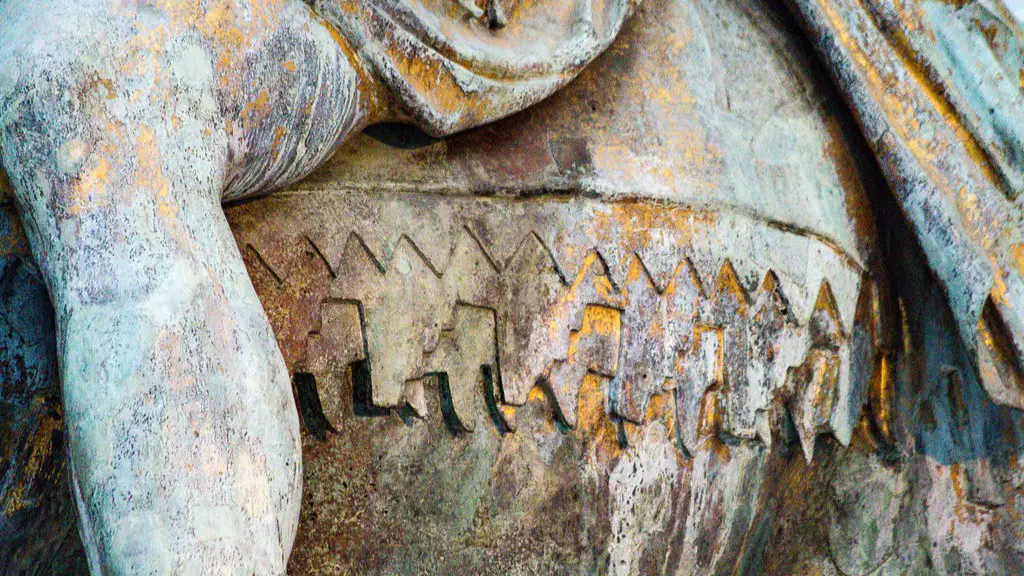Social Impact
Rome has always been a rich cultural hub, a melting pot of different languages and customs. It is this very blend of cultures that have spawned a lifestyle that is admired, sought after and replicated by people around the world. This is especially true in Western Europe who, since the 19th Century’s introduction of the Romantic era, have looked to Rome as a place of intellectual, aesthetic and cultural inspiration. The influence of Roman culture runs deep within the consciousness of the people, being expressed through literature, architecture and art.
In the physical sense, many of the European cities that we see today were designed in the image of Ancient Rome. Gothic Cathedrals, Neo-Classical monuments and Baroque Statues are all a result of an idealized version of the classical Roman period. In terms of more modern architecture, in Italy itself there are many examples of buildings that draw heavily from the Antiquity period. The Pantheon, the Temple of Vesta in the Roman Forum are examples of this. Even where we find ourselves today in the 21st century, architecture continues to be influenced by ancient Rome, such as the RomePavilion designed by Zaha Hadid for the Expo Milan in 2015.
The West has always had a curious fascination with the Classical World and the Empire of Rome. This fascination became especially prominent during the Enlightenment of the 17th and 18th centuries, a period of timecharacterised by intellectual speed, philosophical and scientific breakthroughs. Ancient Rome was an ideal subject matter, as the Romans themselves were known to have had a fascination with philosophy, arts and politics. As a result of this, philosophical thought began to take on an ancient, stoic form.
The ancient Roman culture has also left its mark on the language of Western Europe, especially concerning the Romance Languages. Though Latin and its derivatives still reside centrally within the Romance linguistic family, the language has been modified to include influences from the Mediterranean region and beyond. These influences, in the forms of new words, expressions and grammar, serve to remind us of the contrast between the ancient and modern Roman cultures.
Cultural Relevance
Ancient Rome remains a culturally relevant topic of discussion within Europe, particularly in terms of its continued influence on the contemporary world. Ancient Roman city-building was largely based on expansion and innovation and as such we can see the effects of this process in many of the cities we see across Europe today. Rome’s utilization of early diversionary roads, public airports and sewer systems, aspects of which are still present in many of Europe’s larger cities, set a precedent for an infrastructure of the modern world.
Education has also been largely informed by the Ancient Roman culture, with the idea of providing a public education system being derived from Roman attempts to educate its citizens. This was achieved by providing a system of compulsory education, provided free or at a reduced cost. This system of education is still implemented in countries across Europe, with Rome having sparked a movement for the proliferation of educational opportunities for all citizens.
Though Rome no longer stands as it once did, the city’s cultural legacy remains of the utmost importance to the region’s people. Though their culture has been absorbed by others and adapted accordingly, their foundations and originality remain a source of pride for Europeans.
Another way in which we can observe the continued importance of Ancient Rome is through the region’s tourism industry. As a result of the city’s monuments, works of art, sites and cultural heritage, Rome has been able to draw large-scale tourism for centuries. As a result of this, tourism accounts for a large portion of the economy of the region, with hoards of tourists travelling to marvel at the city’s historical sites, monuments and ruins each year.
The Roman Legacy
The legacy of Ancient Rome is continued today through the implementation of its laws and government system. Countries across Europe have adopted the Roman idea of the Republic, in which citizens are represented by elected representatives rather than rulers. This system of governance has allowed for a certain level of democratic freedom to exist within the region, inspiring countries around the world to adopt a similar system. Alongside this, Rome’s system of laws, codified in the Corpus Juris Civilis and originating from both Greek and Roman philosophies, still governs much of European law today.
The Roman legacy has also been continued through the region’s visual culture. Many public monuments found in cities around Europe represent the symbolism and influence of the Roman Republic, beginning with the conversion of architectural sites to Christian churches in the 4th century. The Colloseum and St. Peter’s Basilica in Rome, amongst many other sites, are simply a few examples of this process.
Modern Day Rejection of Roman Values
The values of Rome also face backlash from certain sectors of the population. Rome’s patriarchal and authoritarian outlook on rule continues to exist today in some sectors of society and this is viewed by many as limiting the kind of progress achievable within society. The historic responses to this, for example in the Reformation and The French Revolution, are still seen in some of the more radical elements of European culture today.
Another major challenge to Rome’s culture has been the rise of neo-fascist and far-right extremism. Since the dawn of the 20th century some political figures have used the politics and values of Rome to foster nationalistic ideologies. This kind of rhetoric is viewed as unacceptable by many, largely due to its associations to oppressive, dictatorial regimes and as a result is often avoided or denounced.
The ‘Roman’ Mindset
The Roman mindset has also become a source of inspiration. This is especially true amongst a new generation of young people who have chosen to take elements of the classical Roman culture and reinvent it to suit the needs of the modern world. For example, many European businessmen have adopted an ‘improved’ form of Stoicism, putting strong emphasis on self-improvement and individual thought.
More generally, Rome has become a source of inspiration for everyday life for many of its citizens. Throughout history, literature has presented Rome as a place of grandeur, beauty and adventure and as a result, the city has become a cultural landmark for which people across Europe strive. Martial arts, gymnastics and traditional dance all draw from Roman ideas and all existed in some form in Ancient Roman times.
Continued Relevance
Although the power of Rome no longer stands, the city’s influence on the region’s culture and language remain potent. European countries have looked to Rome in terms of both admiration and rejection, depending on the values and ideologies of the people involved. Even today, aspects of the city are represented in Europe’s language, architecture, education and legal infrastructure. Rome has been able to maintain its cultural relevance by reshuffling and reinventing itself over time in order to remain appealing. This is why the city will remain a source of fascination, inspiration, and discussion for generations to come.

